Stardew Valley is a farming role-playing game (RPG) developed and published by ConcernedApe (Eric Barone). Released in 2016, it has been featured in Independent Games Festival (IGF) 2017 as a finalist for the top prize (Seumas McNally Grand Prize) and an honourable mention for the Excellence in Narrative prize.
Stardew’s official website is at https://www.stardewvalley.net/. We begin our analysis by looking at the game’s “elemental tetrad” – aesthetics, mechanics, story and technology.
Aesthetics
Stardew adopts a pixel art style with a focus on saturated colours and strong outlines. Colour is one tool used heavily to highlight differences, from villagers’ hair colours to quality of items.
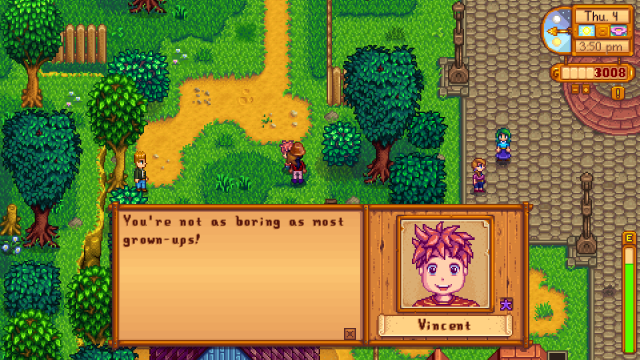
For example, for the different seasons:
- lush greens with pastel undertones for spring, the season of renewal
- warm yellows in summer, the season of activity
- wistful browns in autumn, the season of nostalgia
- gloomy greys and pale whites for winter, the season of dormancy
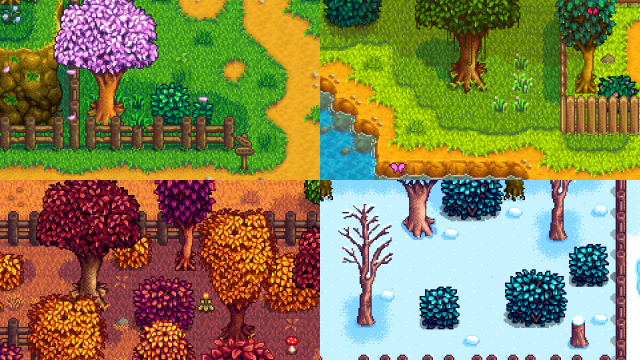
The aesthetics serve to give the game an unrealistic, cutesy appearance, which gives the game a fantastical and detached tone, almost whimsical.
Mechanics
Some key game mechanics are the management of energy and time, as the player is given only a finite amount of energy per day. Energy is required to engage in some activities. Time is an important resource to manage since crops take several days to grow, and only grow in certain seasons.

Most activities that require energy generate resources of some kind. For example:
- watering crops and tilling land → fruits and vegetables
- fishing → fish, treasure, artifacts
- mining → stone, ores, gems
- chopping down trees and stumps → wood and hardwood
Movement, interacting with villagers, cooking, crafting, and processing raw materials with machines all do not require energy, however.
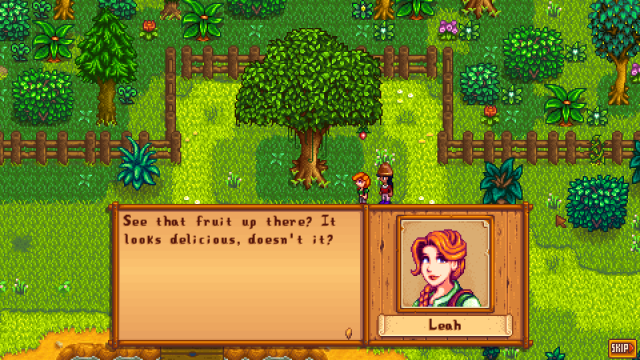
Overall, the game’s mechanics influence different players in different ways. To some, they serve to keep the game slow-paced and relaxing, a reprieve from the external world. To others, they create a preoccupation for the player, crafting a calculated strategy to make the best use of the limited resources.
Story
The game’s main story revolves around the player, who has a responsibility to his/her deceased grandfather to maintain the farm. The player also plays a crucial role in improving the town, which is run by an arguably corrupt mayor.
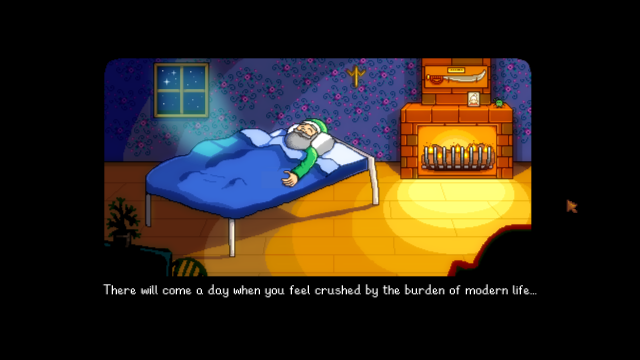

Other than the main storyline, each villager has his/her own story which they will tell in cutscenes and dialogues when the player gains friendship points with them. The stories are diverse and explore a surprisingly wide range of topics.
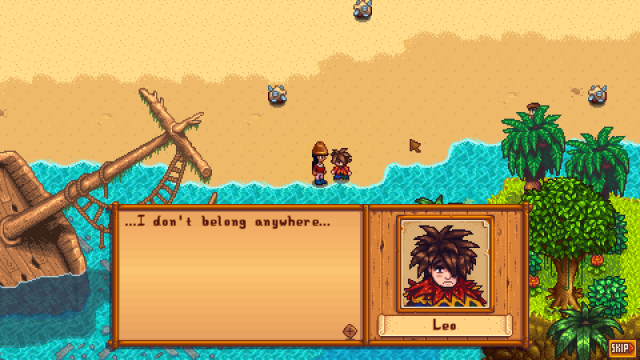
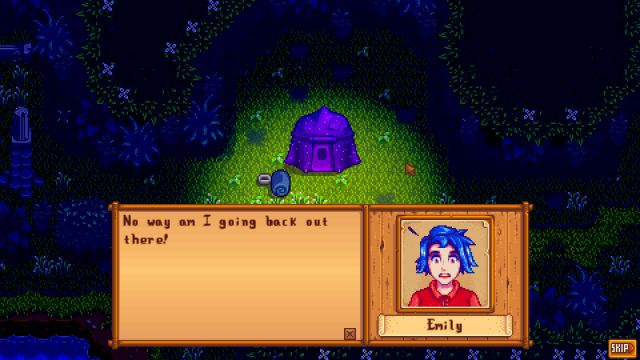
Although the storyline is one of the highlights in the game, it is completely up to the player to decide whether to pursue friendships or not. Getting to know the villagers’ individual aspirations and regrets in life does help the player become more emotionally invested in the game.
Technology
Stardew uses relatively simple technology. It was originally designed for keyboard and mouse input but has been ported to mobile and consoles. The 2D graphics are easy to render on all devices.
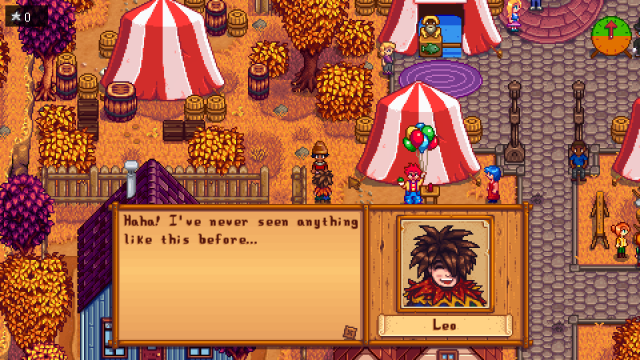
Multiplayer co-op was added in a patch after the game’s initial release. Although on this front the game is not too adventurous, the simple technology may have allowed it to reach a wide audience.
Conclusion
Overall, the “elemental tetrad” creates a game which appears deceptively simple on the surface. After the initial “hook” into the game, complexities emerge which keeps the player drawn to the game. Now, let’s look at Stardew’s design through other lenses.
Lens of Surprise (4)
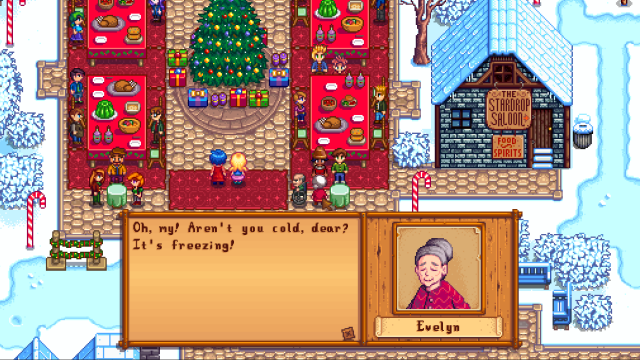
Unless a player searches the game wiki, many cutscenes in Stardew with the villagers come about unexpectedly, triggered by parameters unknown to the player. The game is wired to slowly release content across the first two in-game years, as well as unlock big chunks of new content whenever milestones are reached. This keeps the game fresh and exciting.
Lens of the Toy (17)

Apart from the main gameplay, Stardew includes other small arcade-style minigames like Journey of the Prairie King and Junimo Kart.

Players can also design their own farm layout and decorate their farmhouse with dozens of specialised furniture objects. This gives players reason to return to the game even if farming is not their thing.
Lens of Time (27)
As mentioned earlier, time is a fundamental mechanic. Crops grow on a fixed schedule, villagers move about on a fixed schedule, and seasons and weather determine what one can do on a given day.
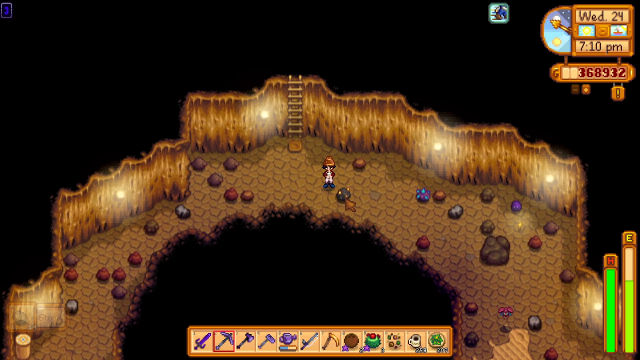
Some activities are only unlocked after a certain amount of time in the game. This gives the game a slower, possibly more manageable, pace, though impatient players may lose interest.
Lens of Secrets (29)
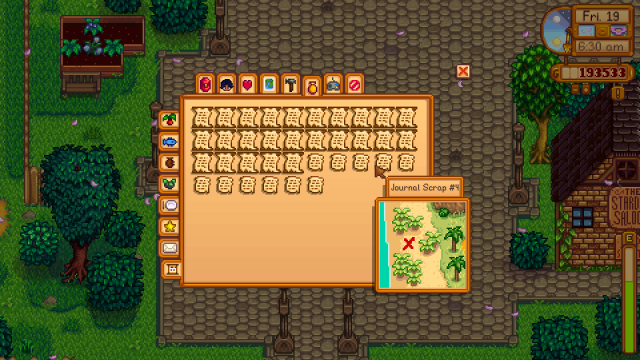
There are many secrets hidden in the game, from hidden areas to items only unlocked at a specific time and position. “Secret Notes” are a rare item in the game, which are texts that hold a cryptic hint to unlock one of these secrets.
Lens of Juiciness (64)
For every action in Stardew Valley, there is a corresponding sound effect and animation which gives an instantaneous reward to players. Walking on dirt kicks off small dust clouds, while walking amongst planted crops causes the plants to wiggle.

Animals are often startled when the player walks past, scampering across the map to hide.
Conclusion
Stardew Valley may not be the most innovative game out there, but its attention to detail in all aspects of game design has drawn many fans (including me). Sometimes, incremental improvements to a tried-and-tested design results in an exceptional product!
